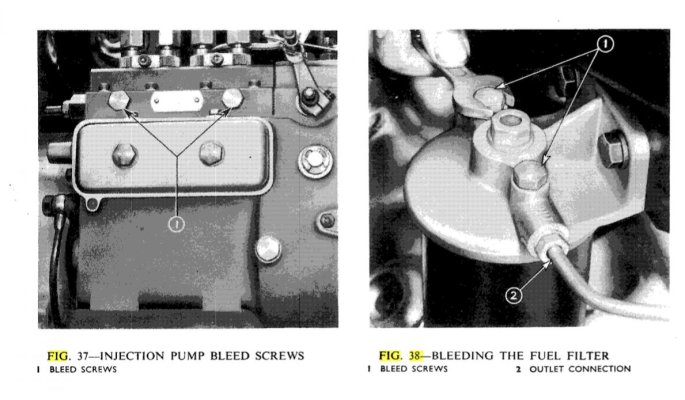Tazling
Veteran Member
- Joined
- May 17, 2021
- Messages
- 56
- Vessel Name
- DARXIDE
- Vessel Make
- Grand Banks 32
I have finally brought my "new" 1969 GB32 home after a comically extended head gasket job (4 day job took 7 weeks, don't ask me, I don't want to talk about it and I'm still kinda mad).
Standard Ford-Lehman 120, single fuel filter (old model), Velvet Drive. I haven't even seen the prop yet so not sure of its specs.
On delivery I noticed that I couldn't push the revs up past 1800. Is this normal? At about 1775 or so advancing the throttle didn't do much, and we seemed to max out at 1800.
I would not normally motor at more than 6.5 knots anyway so this doesn't bother me too much, just curious. I seem to be getting about 5l/hr at 1600 RPM and moving pretty well considering the poor old girl has a lot of seafood salad underneath because previous owner hasn't hauled out for a while.
But since there was recent engine work I wanted to make sure they didn't make some kind of error reassembling everything.
Standard Ford-Lehman 120, single fuel filter (old model), Velvet Drive. I haven't even seen the prop yet so not sure of its specs.
On delivery I noticed that I couldn't push the revs up past 1800. Is this normal? At about 1775 or so advancing the throttle didn't do much, and we seemed to max out at 1800.
I would not normally motor at more than 6.5 knots anyway so this doesn't bother me too much, just curious. I seem to be getting about 5l/hr at 1600 RPM and moving pretty well considering the poor old girl has a lot of seafood salad underneath because previous owner hasn't hauled out for a while.
But since there was recent engine work I wanted to make sure they didn't make some kind of error reassembling everything.

